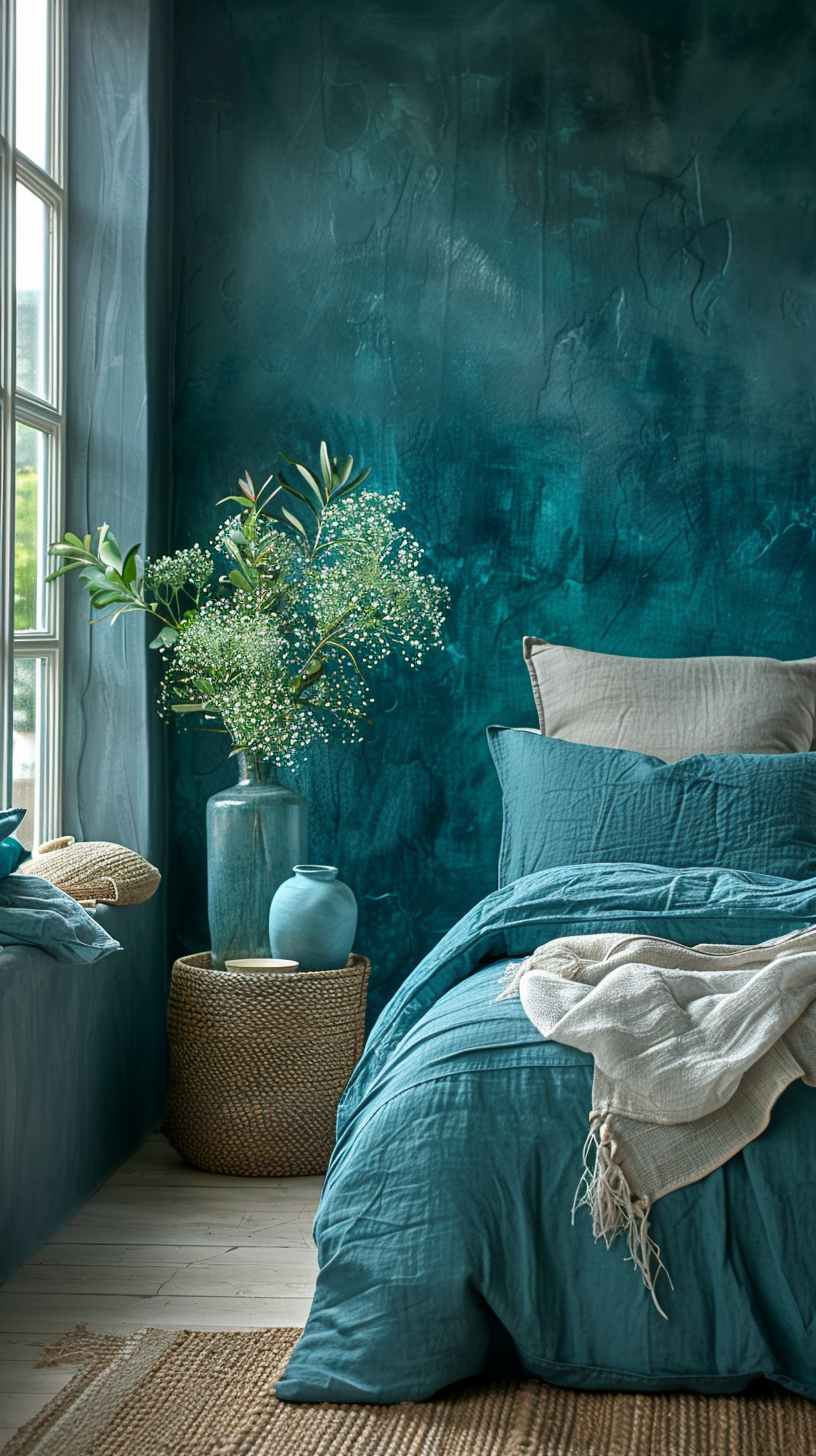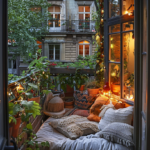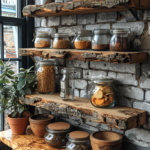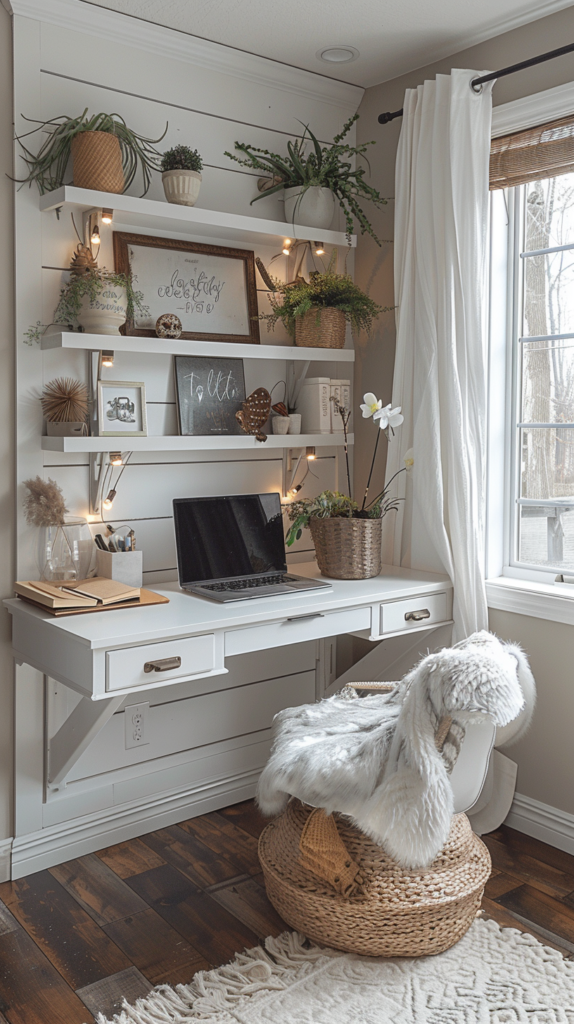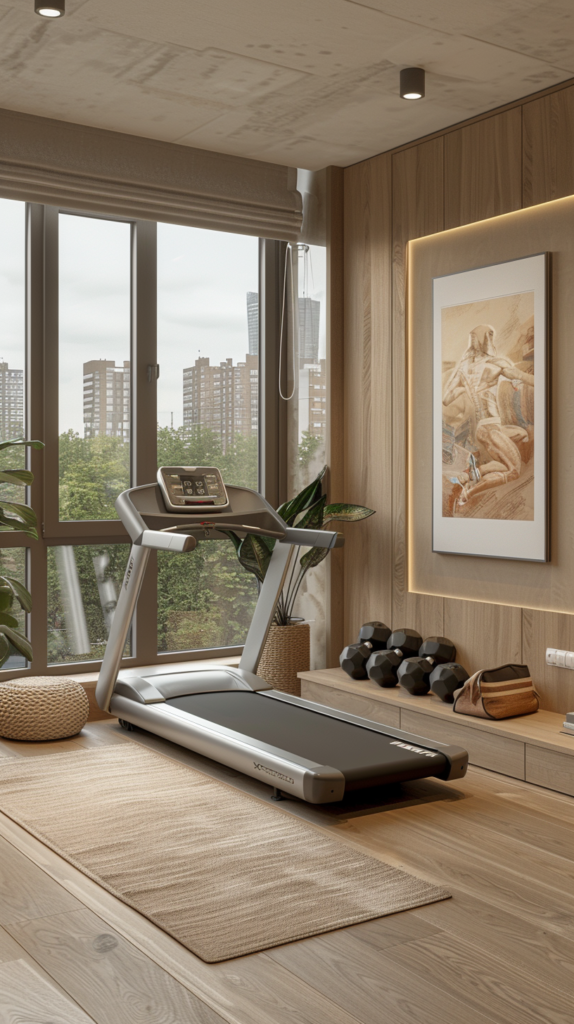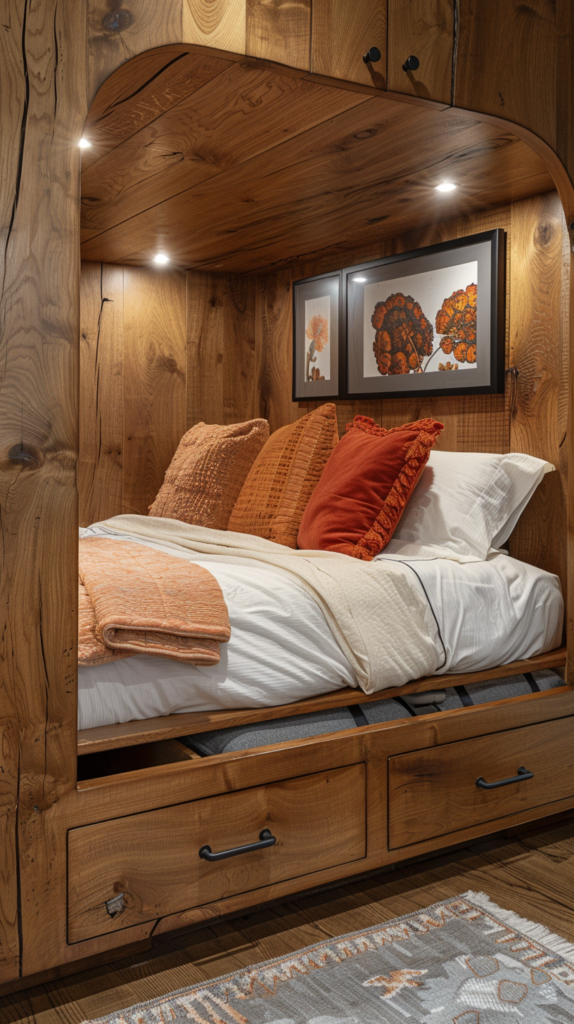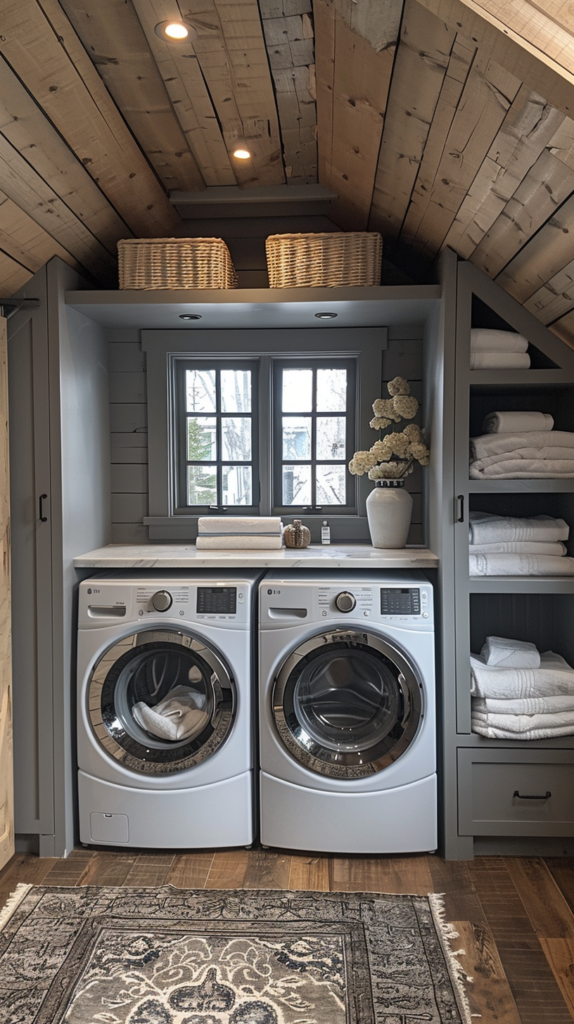Introduction
When it comes to decorating small spaces, choosing the right color palette is crucial. The right colors can make a room feel larger, brighter, and more inviting. Whether you’re dealing with a tiny apartment or a compact office, the colors you select can significantly impact the space’s overall feel and functionality. Let’s dive into some of the best color palettes for small spaces and how to use them to maximize your style.
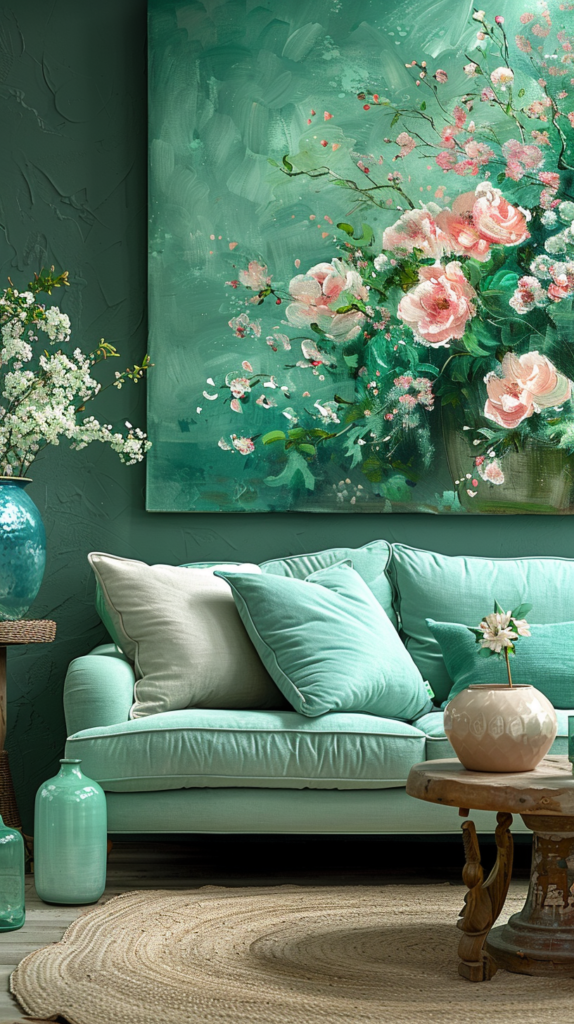
Why Color Matters in Small Spaces
Creating the Illusion of Space
Light colors can make a room feel larger and more open. Soft shades like whites, pastels, and light neutrals reflect more light, making a space appear more expansive. Dark colors, on the other hand, absorb light, which can make a room feel cozier but also more confined.
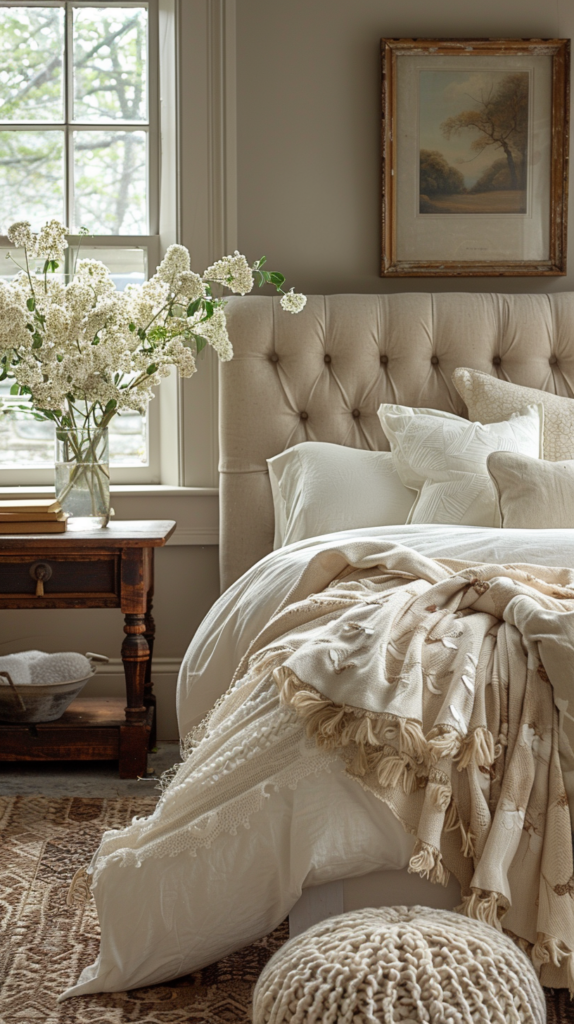
Adding Depth and Dimension
Color can add depth and dimension to a small space. Using varying shades of the same color or incorporating accent colors can create a sense of layering, making the room feel more dynamic and less flat.
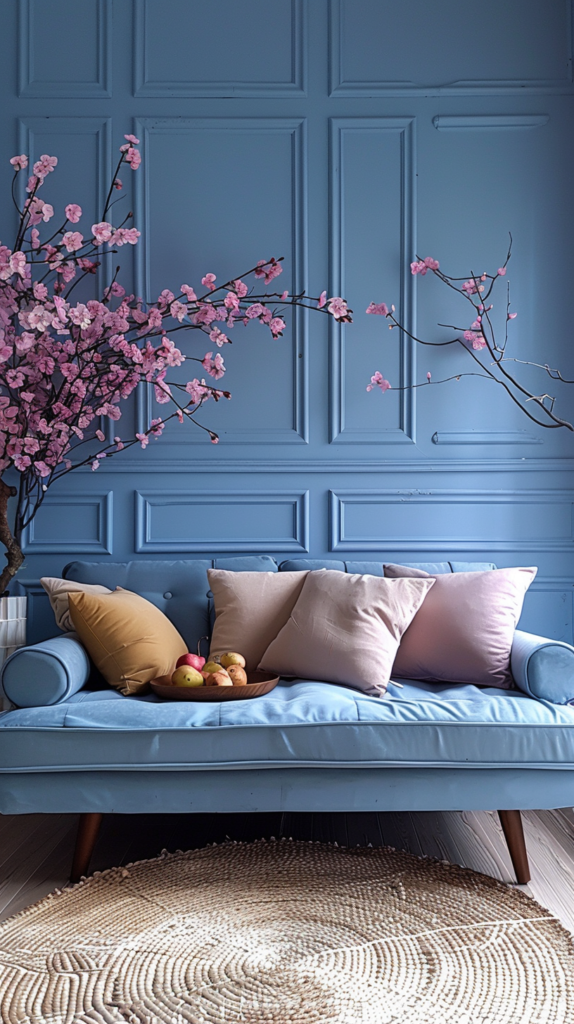
Color Palettes That Open Up Small Spaces
1. Light Neutrals
Soft Whites and Creams
Soft whites and creams are classic choices for small spaces. They reflect light beautifully and create a serene, spacious feel. These colors are versatile and work well with almost any decor style.
Pale Grays
Pale gray is another excellent neutral choice. It’s slightly more modern than traditional white and can add a touch of sophistication while still maintaining that open, airy feel.

2. Cool Blues
Sky Blue
Sky blue brings a fresh, calming effect to small rooms. It creates an illusion of openness and tranquility, perfect for spaces where relaxation is key, like bedrooms or small living areas.
Soft Teal
Soft teal is a bit more vibrant while still being soothing. It can add a splash of color without overwhelming the space, making it ideal for accent walls or smaller decor elements.
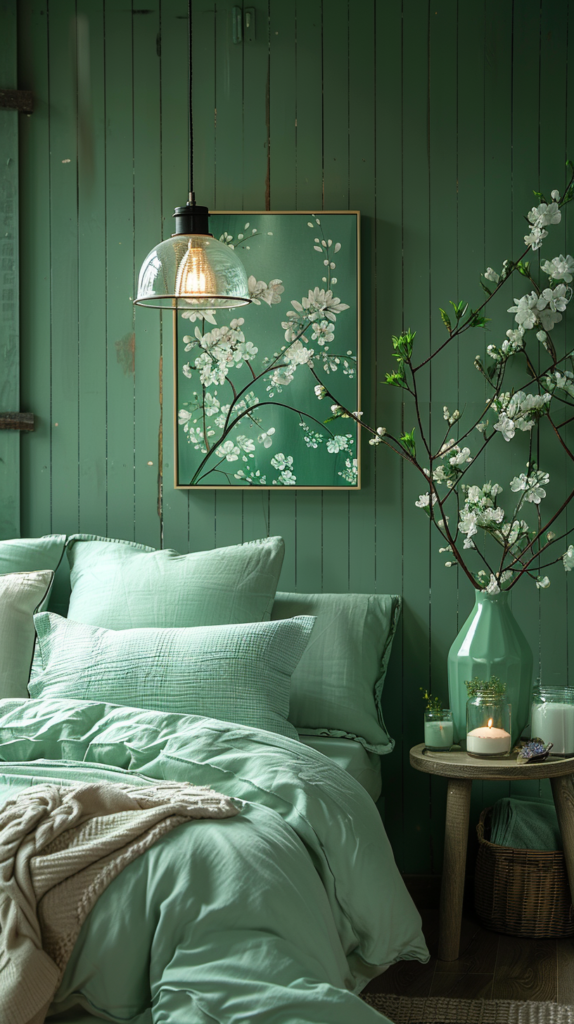
3. Gentle Greens
Mint Green
Mint green is a refreshing choice for small spaces. It’s light and uplifting, creating a cool and airy environment. This color works well in kitchens and bathrooms, adding a touch of nature without feeling too bold.

Sage Green
Sage green offers a more muted, sophisticated alternative. It pairs beautifully with wood tones and natural textures, making it a great choice for creating a serene and grounded space.
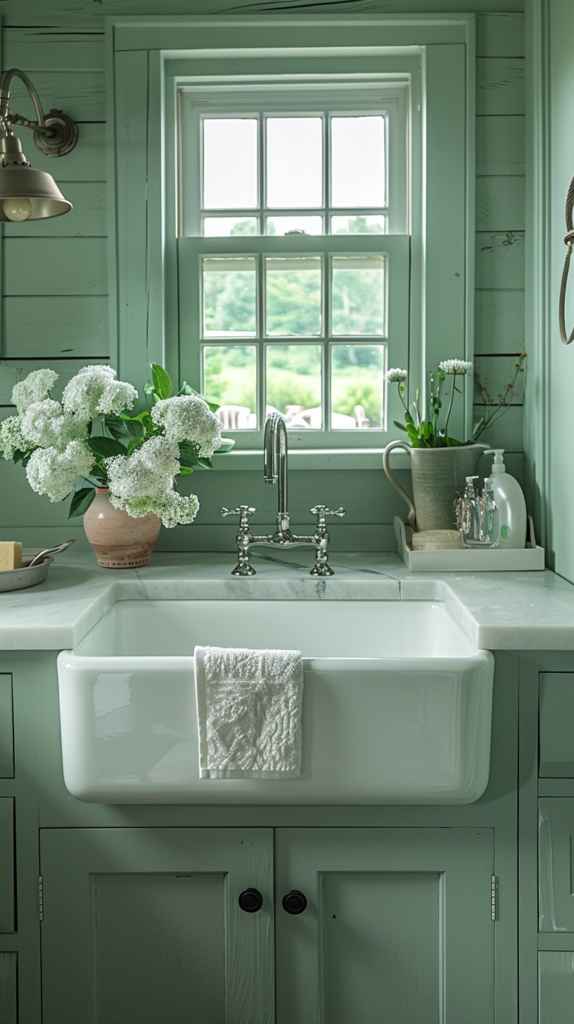
4. Warm Neutrals
Beige and Taupe
Beige and taupe provide a warm, inviting feel. These colors create a cozy atmosphere while still keeping the space open. They also serve as a great backdrop for various accent colors and textures.
Warm Greys
Warm greys combine the neutrality of grey with a hint of warmth. They add depth without making the room feel too cold, making them perfect for modern and minimalist decor styles.
5. Bold Accents
Deep Blues and Greens
For those who love a bit of drama, deep blues and greens can be used sparingly in small spaces. These bold colors work well as accent walls or in small doses through decor items like throw pillows or rugs.
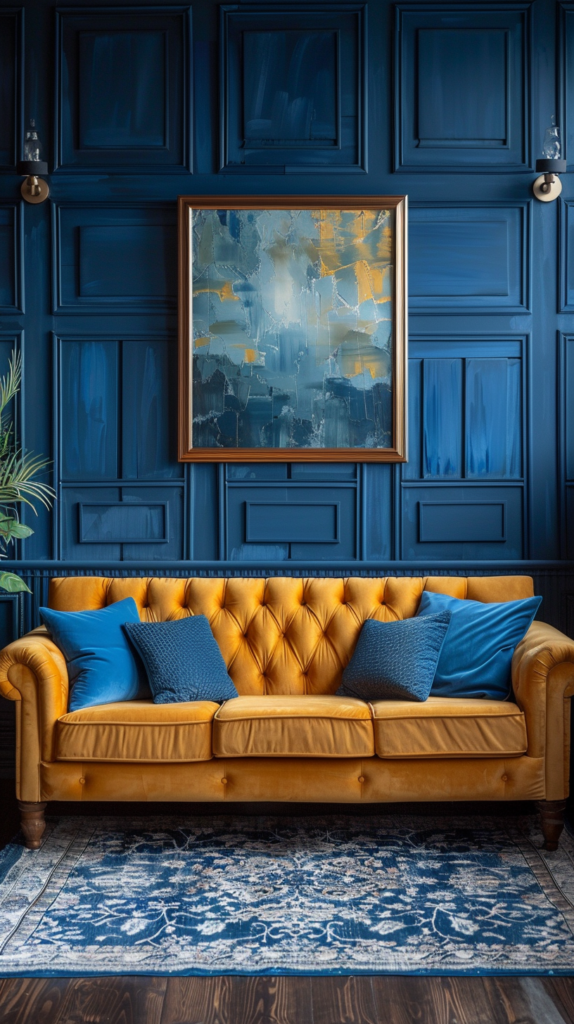
Rich Reds and Oranges
Rich reds and oranges add vibrancy and energy. Use them as accent colors to inject personality into your space without overpowering it.
Tips for Using Color in Small Spaces
Use Light Colors on Walls and Ceilings
Painting walls and ceilings in light colors can enhance the feeling of space. It creates a seamless flow that makes the room feel larger.

Incorporate Color with Accessories
Add pops of color through accessories like cushions, rugs, and artwork. This approach allows you to experiment with bold colors without overwhelming the space.

Consider Multi-functional Furniture
Choose furniture that doubles as storage or serves multiple purposes. Furniture in lighter colors or with reflective surfaces can also contribute to the feeling of spaciousness.

Play with Patterns and Textures
Patterns and textures can add visual interest without compromising space. Opt for subtle patterns or textures in your fabrics and decor to maintain a cohesive look.
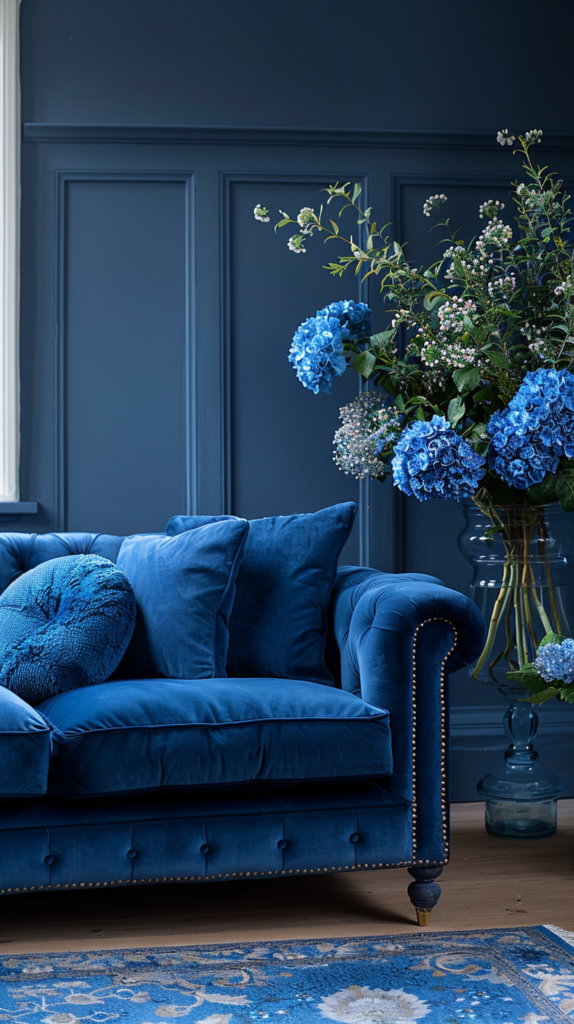
Conclusion
Maximizing style in small spaces is all about choosing the right color palette. Light neutrals, cool blues, gentle greens, warm neutrals, and bold accents each offer unique ways to enhance your space. By carefully selecting and applying these colors, you can create a room that feels larger, brighter, and more personalized.
Experiment with different palettes and see what works best for your space. Remember, the goal is to create a room that reflects your style while making the most of every square inch.
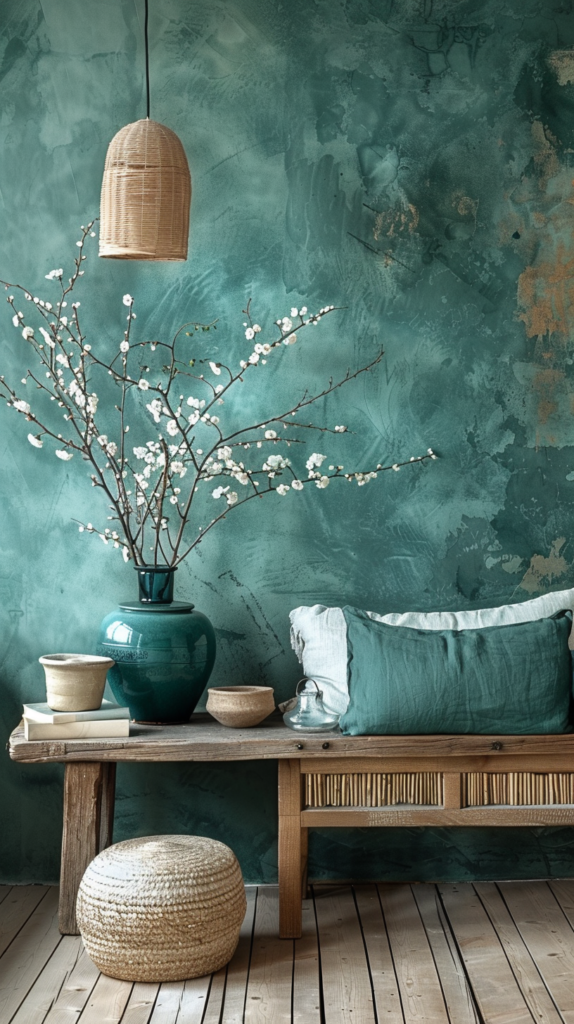
FAQs
How can I make a small room feel larger with color?
Opt for light and neutral colors on walls and ceilings. Incorporate mirrors and reflective surfaces to enhance light and create the illusion of more space.
What colors should I avoid in small spaces?
Dark colors can make a room feel smaller and more confined. If you love darker shades, use them as accent colors rather than on large surfaces.
Can I use bold colors in a small room?
Yes, bold colors can be used as accents to add personality and energy. Just be sure to balance them with lighter shades to avoid overwhelming the space.
What’s the best color for a small living room?
Light neutrals or cool blues are excellent choices for a small living room. They help create an open and inviting atmosphere.
How often should I change the color scheme in my small space?
It depends on your personal preferences and how often you want to refresh your space. Changing color schemes seasonally or every few years can keep your home feeling fresh and updated.

